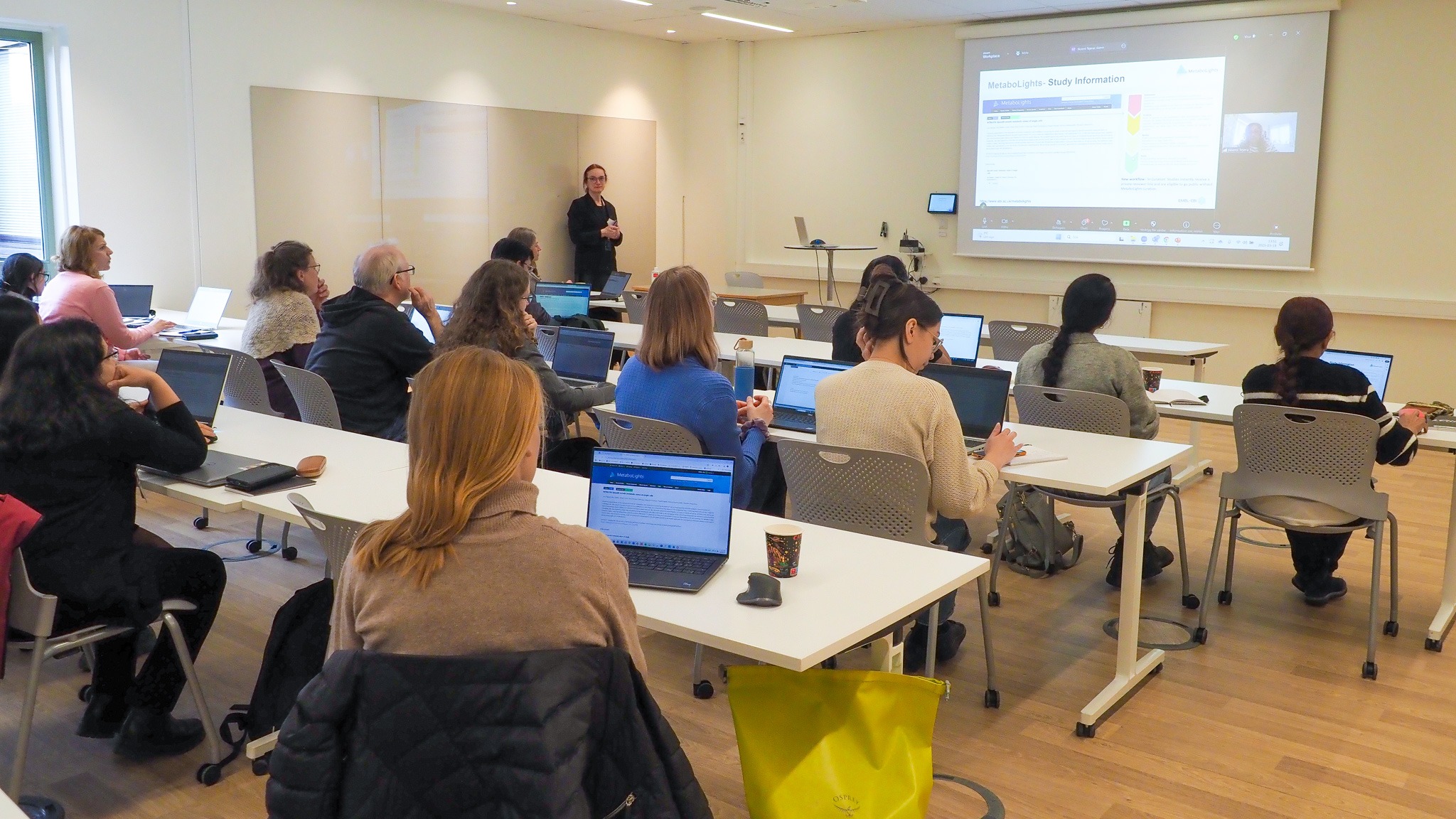Largest study to date on relapsed adult and pediatric acute myeloid leukemia
An international group of scientists, among them SciLifeLab researcher Linda Holmfeldt (Uppsala University) has carried out the largest genomic study to date on relapsed adult and pediatric acute myeloid leukemia (AML). Their findings may contribute to the development of novel therapeutic treatments and increased survival of relapsed patients.
Acute myeloid leukemia (AML) is a form of bone marrow cancer associated with low survival. To date, numerous studies have been carried out with the aim of better understanding the genomic landscape in AML samples collected at the time of initial diagnosis. These studies have greatly helped to improve diagnostication as well as prognostication of AML.
Despite this, nearly half of the patients relapse in their disease later on, and in most cases the relapse is fatal. To improve the survival rates of AML patients, more knowledge is needed regarding the changes that underlie progression into relapse, as well as the development of treatment resistance.
“To this end, we carried out the to-date largest genomic study on relapsed adult and pediatric – children –AML. This included relapse and so-called primary resistant AML samples from more than 70 patients, with patient-matched diagnosis samples available for more than 50 of these”, says SciLifeLab researcher and last author Linda Holmfeldt (UU).
In the study published in Blood Advances; the researchers identified previously unknown differences in the mutational spectrum between AML samples collected at diagnosis and at relapse respectively, as well as between adult and pediatric AML.
“At relapse, for instance, we found a recurrent gain of mutations in genes that may provide novel therapeutic alternatives. Such as the use of tyrosine kinase inhibitors in the case of mutated CSF1R at relapse in both adult and pediatric AML”, she says.
“Furthermore, we identified identical recurrent mutations in the histone H3.3-encoding gene H3F3A to be associated with very late relapse – in this case in patients that had been in remission for more than 10 years prior to their relapse.”
According to Linda Holmfeldt, one of their major finds was a specific kind of mutation named internal tandem duplication (ITD) in the UBTF gene, that was present at both diagnosis and relapse in several pediatric AML cases.
“Considering the architecture of this type of mutation, and that the UBTF gene has never been included in any targeted gene panels used for various former pediatric AML studies, it is expected that the frequency of UBTF-ITDs is highly underestimated in the scientific literature regarding pediatric AML. Simultaneously, these alterations are expected to have an important role within pediatric leukemogenesis and treatment resistance”, says Linda Holmfeldt.
Close collaboration with SciLifeLab infrastructure
“The SNP & SEQ Technology Platform, and Uppsala Genome Center – both part of the National Genomic Infrastructure (NGI) at SciLifeLab – were of utmost importance for our study. In addition, we had been granted bioinformatics long-term support from the National Bioinformatics Infrastructure Sweden (NBIS), who gave us fantastic support during the analysis of the large amount of data generated as part of this project”, says Linda Holmfeldt.
Additionally, the SciLifeLab Data Repository was used for making the generated data searchable through the FigShare platform, and thus more accessible for other scientists, with support from the SciLifeLab Data Centre.
One major problem had to be overcome before the researchers could carry out their analysis.
“It was challenging to assemble an AML relapse cohort of sufficient size, as AML relapse samples up until only a few years back, had not been systematically stored in the various biobanks here in Sweden”.
Despite their initial troubles, Linda Holmfeldt and her group pulled through and were finally able to review the results of their analysis.
“When we after so much work of assembling the cohort, processing all the samples, and generating all the data, finally got the chance to analyze the results? The novel recurrent findings we made were worth all the work and time it had taken us to get there!”.
Their findings highlight the importance of applying unbiased whole genome sequencing when attempting to investigate the repertoire of mutations present at AML relapse.
“Several of the genes we found recurrently mutated at relapse have never been included in gene panels orare difficult to detect using whole-exome sequencing. Further, several of the findings require future functional evaluation to tease out their respective role within leukemogenesis. Thus, the results from our study provide the basis for experimental studies within pre-clinical AML research for many years to come”, says Linda Holmfeldt.
“Our findings will hopefully lead to an improved diagnostication for AML. In the light of personalized medicine, they also point out the importance of performing more detailed clinical genetic analyzes at AML relapse, to pin-point alternative therapeutic options at relapse where conventional chemotherapy commonly is not effective. Finally, in the long run, we hope that the functional evaluation of UBTF-ITDs that we are about to commence will identify novel therapeutic alternatives for pediatric AML, to leave behind the horrendous side effects associated with current chemotherapy protocols”, she concludes.





